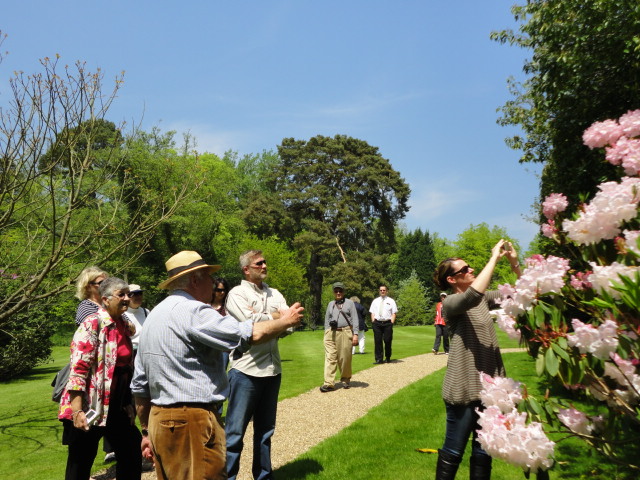Het Loo Palace and Gardens
Built in the late 17th century in the forest of the Hoge Veluwe, Het Loo Palace and Gardens was inhabited by members of the House of Orange until 1975. First to live there was Stadtholder William III, who was to become king of England in 1689 and for whom it was originally built as a hunting-lodge. When the Stadtholder’s family was in exile during the French Revolution, the palace was lived in from 1806-1810 by Napoleon’s brother, Louis Napoleon, the first King of Holland. He had the garden re-planted in the English landscape style. In 1814 the palace became the property of the state and was used by members of the House of Orange until 1975. On the death of Queen Wilhelmina it was turned into a national museum. The palace and gardens were opened to the public in June 1984.
The palace’s type of baroque garden is unique to The Netherlands. The layout as we see it today is a reconstruction of how it was at the time it was built, based on contemporary accounts, records, paintings and drawings, and archaeological evidence revealed during the reconstruction process. However some evidence of Louis Napoleon’s landscape garden remains in the form of the mature copper beeches and tulip trees growing in the parterres around the King’s Fountain.
The accurate reconstruction of this garden is a great contribution to our understanding of 17th century gardening. The design reflects contemporary philosophical thought that a garden should be a reflection of Paradise, in addition to showing a combination of French and Dutch influences on layout and ornamentation. Those who have visited Le Nôtre’s Vaux-le-Vicomte will immediately recognise the similarity of concept. It is also fascinating to compare this restored garden with the restorations of the Privy Garden at Hampton Court Palace, the subsequent English home of William and Mary.

 Passionate about beautiful gardens? Experience the finest gardens on one of our small and friendly group tours.
Passionate about beautiful gardens? Experience the finest gardens on one of our small and friendly group tours.
 Ready to book?
Ready to book? 
